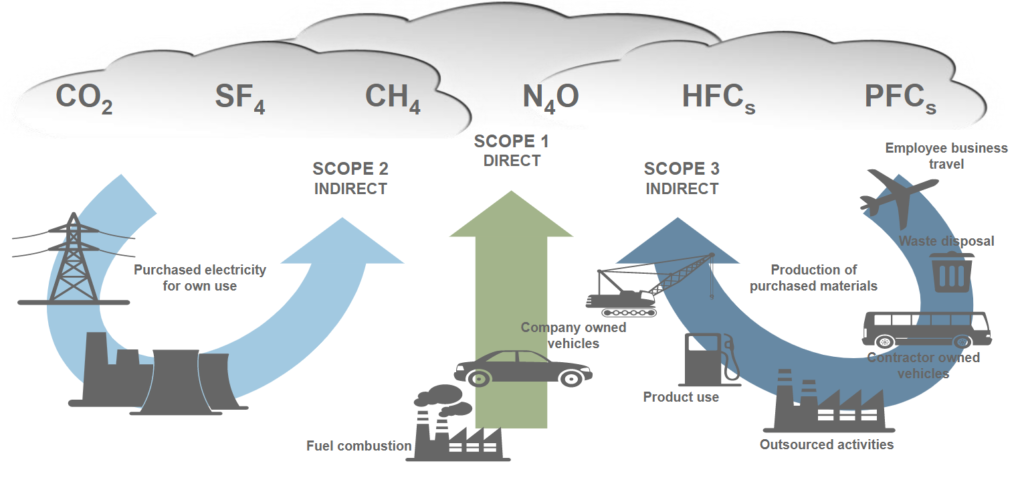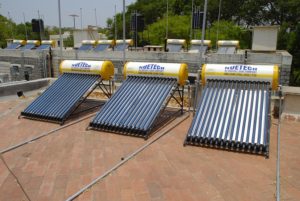2022 at CDL we celebrate over 10 years of being carbon neutral. It has long been our aim to grow responsibly, to not only be carbon neutral, but be conscious of our footprint as we grow and manage it so that our impact is controlled. An an example from 2013 we had 7 cars in the business of varying types, but mostly diesel engines. We come in to 2022 with 18 cars in the business representing significant growth and the impact the would have on our footprint notable. However, now we have 8 full electric and 6 hybrid cars, leaving 4 diesel, representing a reduction in impact from our motor vehicles since 2013.
What is CarbonNeutral® certification?

Carbon neutral: When the net greenhouse gas emissions associated with a company, service or product are zero for a defined duration.
CarbonNeutral®certification: Recognition that a company, service or product has achieved carbon neutrality in accordance with The CarbonNeutralProtocol – ensuring the quality and credibility of the achievement.

Carbon footprints are organised by scope -the image below shows which scopes we measure so that our carbon reduction can take a targeted approach.
 Cool Designs Ltd is a certified CarbonNeutral®company. This means we have calculated and offset all emissions associated with the operations of our business (scopes 1 and 2). We are certified in accordance with The Carbon Neutral Protocol – the leading global standard for carbon-neutral programmes.
Cool Designs Ltd is a certified CarbonNeutral®company. This means we have calculated and offset all emissions associated with the operations of our business (scopes 1 and 2). We are certified in accordance with The Carbon Neutral Protocol – the leading global standard for carbon-neutral programmes.

After calculating our carbon footprint, we choose to support emission reduction projects to offset our emissions and achieve CarbonNeutral®certification. This term we’re supporting a Solar Water Heating in India.
Contribution to sustainable development
The project contributes to sustainable development in several areas:
Energy access
Solar water heaters use free solar radiation as a source of renewable energy and therefore help diversify energy sources and increase the share of sustainable resources. In the absence of the project, users relied on electrical water heaters drawing electricity from the power grid which is primarily fossil fuel-based. Importantly, solar water heating reduces energy costs for users since solar energy is a free resource. Given that an estimated 20-30% of electricity in India is used to heat water in urban households, commercial and institutional buildings, the cost saving is of notable potential.

Financial security
As the project uses a free source of renewable energy, significant fuel savings can be made for users who replace electric units with a solar water heater. By replacing grid-dependent electric units with a 200 litre/day capacity solar water heater, it is estimated that the typical household can save on average about INR 9017 (USD 134) per year.
The region
India has a population of 1.25 billion – a number that is rapidly growing and becoming increasingly urban. Subsequently, household energy needs for cooking, lighting, and water heating are accelerating. Solar water heating units not only displace electricity which is primarily drawn from a fossil-fuel-dominated grid, but can also help reduce peak load demand and the associated blackouts from a shortage of grid supply. In a country with abundant solar resources, solar water heaters allow for on-demand access to hot water even when there are power cuts, making the technology more reliable than the conventional use of electric systems.
